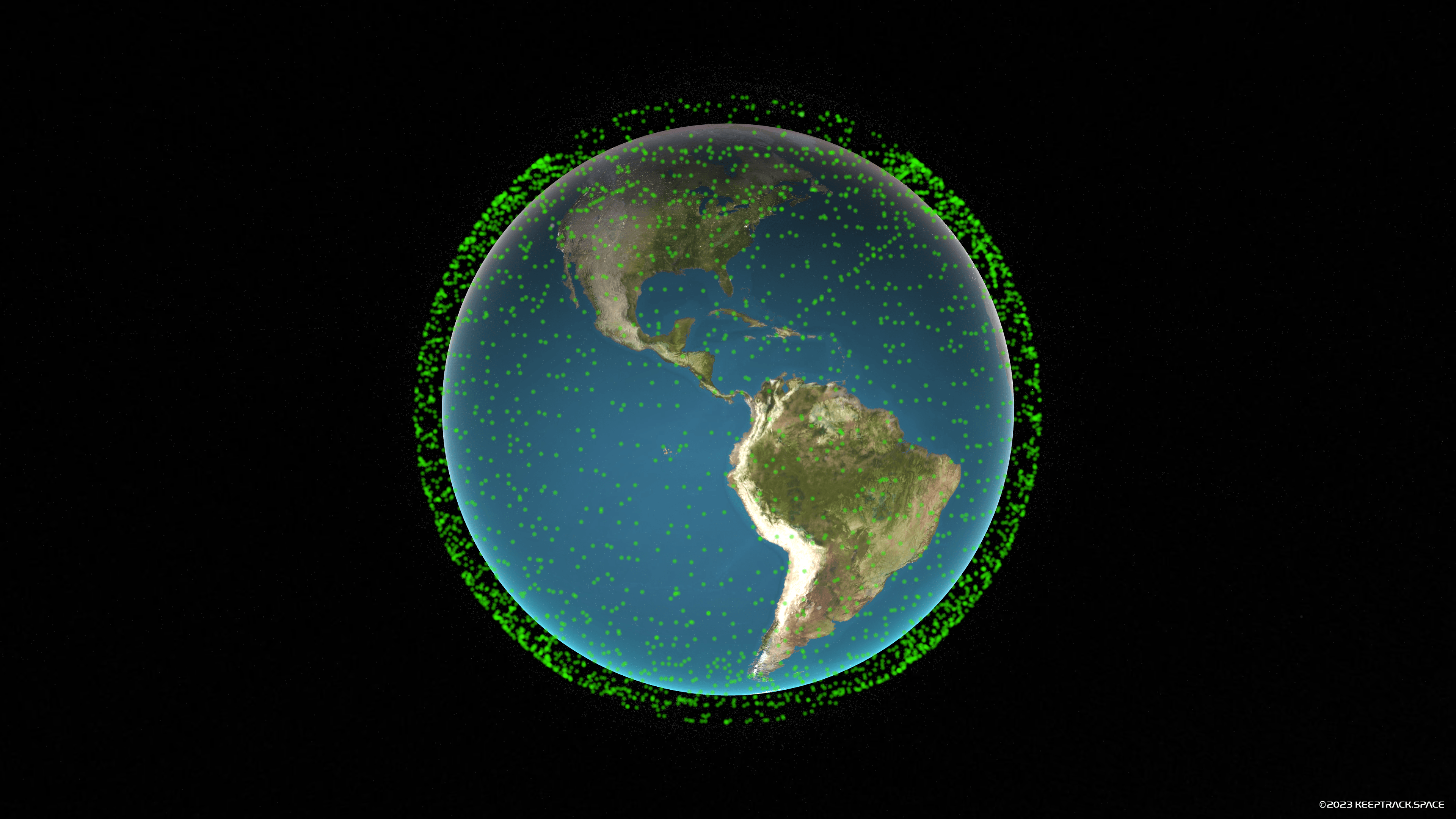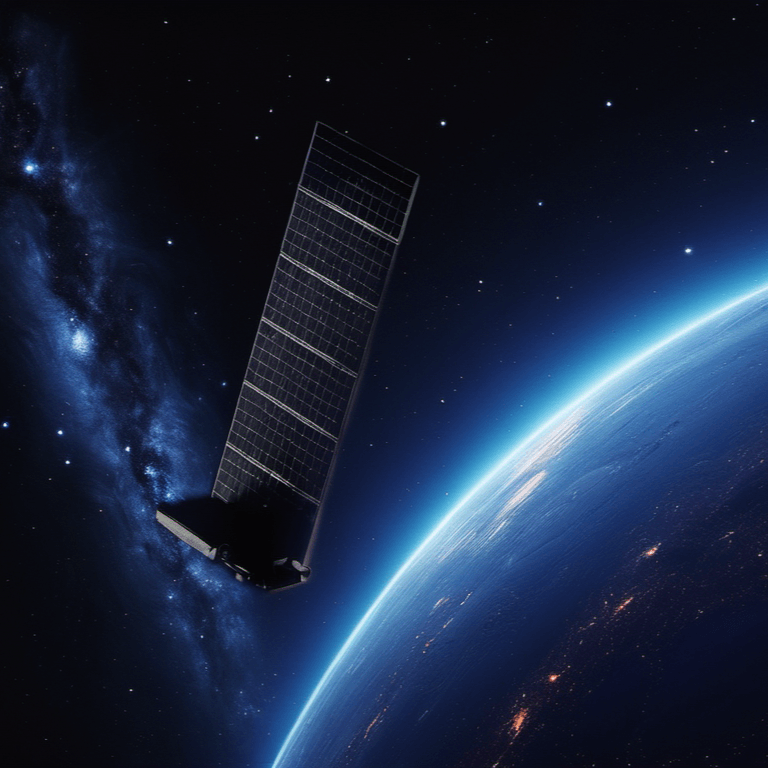· deep dive · 2 min read
SGP4-XP: A Technical Leap in Satellite Tracking
The legacy Simplified General Perturbations 4 (SGP4) model has served the community well, but the introduction of the SGP4-XP (eXtended Perturbations) marks a notable advancement in the accuracy and reliability of orbital predictions.

Introducing SGP4-XP: A Technical Leap in Satellite Tracking
In the domain of space surveillance and satellite tracking, precision is paramount. The legacy Simplified General Perturbations 4 (SGP4) model has served the community well, but the introduction of the SGP4-XP (eXtended Perturbations) marks a notable advancement in the accuracy and reliability of orbital predictions.
Understanding the Need for SGP4-XP
The limitations of SGP4 became apparent when systematic fluctuations in uncorrelated target (UCT) rates were observed, correlating with the lunar cycle. This observation led to an in-depth review of the model’s ability to handle the intricate gravitational effects of the moon and sun, as well as the resonance effects of Earth’s gravity.
What’s New with SGP4-XP?
SGP4-XP introduces several enhancements. It improves upon the modeling of gravitational influences from celestial bodies and includes the impact of solar radiation pressure, a critical factor for High Area to Mass Ratio (HAMR) satellites. Additionally, it offers a refined approach to atmospheric drag modeling, incorporating the effects of solar activity to produce a more accurate ballistic coefficient.
The Results
Analyses reveal that SGP4-XP delivers a significant improvement in predictive accuracy. By expanding the fidelity of perturbation modeling, SGP4-XP reduces identification errors and enhances the integrity of the satellite catalog. This improvement is most evident in the drastic reduction of outliers in satellite position predictions.
Transition and Compatibility
Transitioning to SGP4-XP requires attention to compatibility. Due to the extensive updates, SGP4-XP is not backward compatible with existing SGP4 element sets. Users must ensure that they are employing the correct element sets for the respective propagation model to avoid degraded performance. The updated TLE format will facilitate this transition, with clear markers distinguishing between SGP4 and SGP4-XP element sets.
New TLE Format

Looking Forward
The transition to SGP4-XP is a calculated step for the space tracking community. While it offers notable improvements, users will need to adapt to the changes in data format and manage the upgrade in their tracking systems. The operational release of SGP4-XP was slated for Spring 2023, and it is expected to become a crucial tool for satellite tracking, providing a new level of precision in orbital predictions.
This move to SGP4-XP reflects the evolving nature of space operations, where advancements in technology are continuously integrated to meet the growing demands of accuracy and reliability in satellite tracking.



